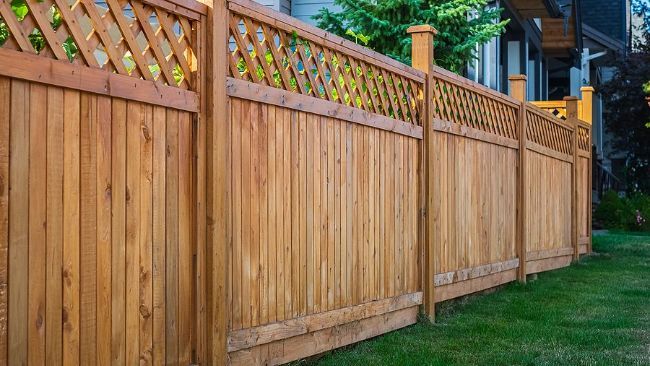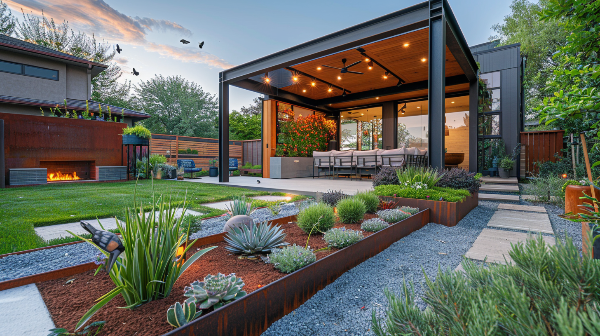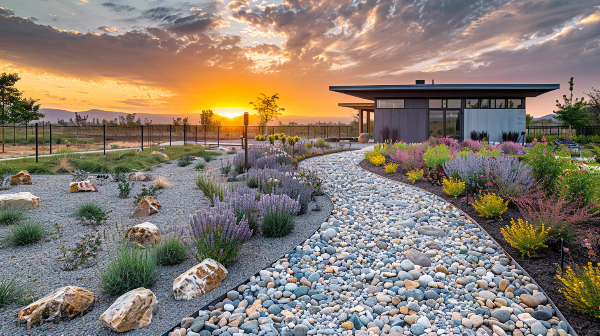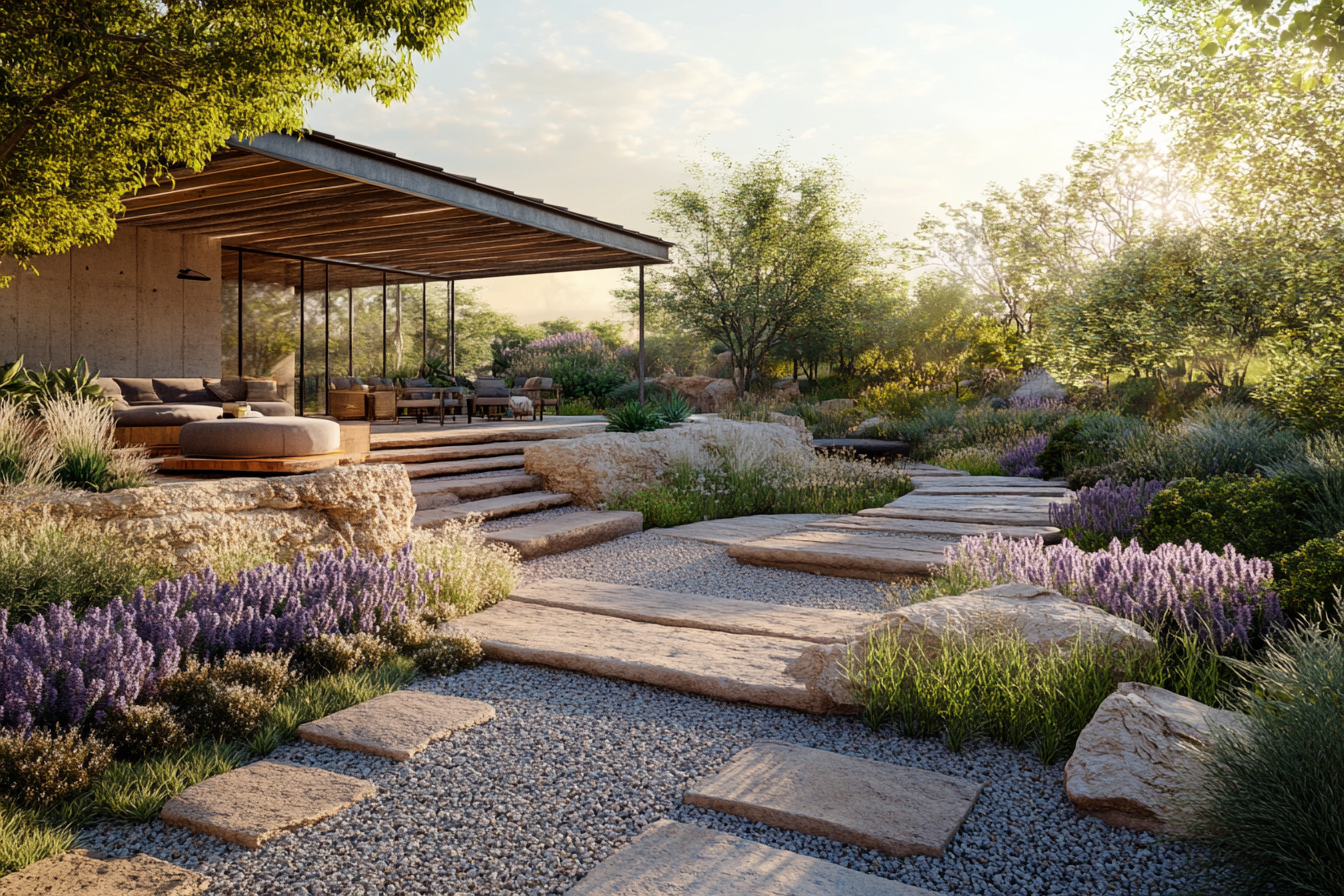7 Creative Ways To Landscape Around Fences

Incorporating Existing Fences Into Your Landscaping
Fences are an effective way to make your home safer and more secure. They also clarify boundary lines and create an aesthetically pleasing appearance. Despite these benefits, fences can pose a challenge if you’re forced to landscape around them. Enlisting help from a landscaping contractor can make it easier to integrate them into your landscaping plans. Consider the following seven ways you can artfully incorporate a fence into your landscape scheme.
1. Leverage the Expertise of a Landscaping Contractor
Integrating a fence into your landscaping is challenging, and it’s outside the scope of skills that most amateur landscapers possess. Luckily, you can enlist help from a landscaping contractor to tackle the job and beautify your property. Landscaping professionals are experts in the following areas:
- Creating aesthetically pleasing scenery
- Designing landscapes in challenging areas
- Integrating man made elements with natural elements
These skills allow a professional landscaper to help you create a plan that allows your fence and foliage to coexist peacefully.
2. Choose the Right Kind of Plants
Another important skill that a landscaper offers is the ability to choose the right plants for your fence. Different plants will have a different effect on the look and function of your landscaping design, and most landscapers recommend plants that are known to be hardy and low maintenance. Some plants that meet these criteria include:
- Bamboo: Bamboo is ideal because it grows quickly and requires minimal upkeep
- Arborvitae: This plant is great for lining a fence because of its density
- Boxwood: Boxwood is yet another popular option because it can reach 20 feet
Consulting with a landscaping contractor is important to ensure that the plant you choose is well-suited to your region and landscape.
3. Don’t Block Out Access to Sunlight
There are many plants that can thrive even with minimal sunlight and water. Generally, though, a plant needs ample sunlight to reach its full potential. This is one of the biggest challenges that can arise when you’re landscaping around a fence. If the fence creates too much shade, it can compromise the surrounding plants’ ability to grow.
It’s important to position your plants around the fence in a way that offers optimized access to sunlight. If this proves to be too challenging, opt for plants such as the following:
- Snake plant
- Nerve plant
- Chinese evergreen
These plants actually perform better when they are in the shade. Your landscaping contractor can help you identify any other suitable plants for this purpose.
4. Integrate Other Decorative Elements
Plants aren’t the only element you can integrate into your landscaping. Landscaping around a fence demands that you find a way to balance natural and manmade elements. Too much of one or the other can compromise the aesthetic appeal of your landscaping. Integrating other decorative elements into the landscape can perfect this balance and accentuate certain features of your landscaping. Fountains, decorative rocks, and blocks are just a few of the features that can make your fence line look even more appealing.
5. Camouflage the Fence With Plants
Perhaps you want to camouflage your fence rather than accentuate it. There are several strategies you can use to make your fence blend in with the surrounding greenery, including painting the fence itself a natural color. Adding a layer of green or brown paint can give your fence an inconspicuous look and make it easier to disguise. Some landscaping enthusiasts even say that this method will make your yard look bigger than it really is. Get advice from a landscaping contractor to determine what paint color is the best match for your fence’s natural surroundings.
6. Plant Ivy or Other Climbing Foliage
Once you have applied a coat of paint, you can further conceal your fence by planting ivy or another form of climbing foliage and training it to cover the fence. Flowering vines can be a great option for this purpose because they effectively cover the fence while creating a beautiful floral display. Some of the most popular flowering vines include:
- Wisteria
- Clematis
- Dutchman’s pipe
- Trumpet vine
Vines are also advantageous because they don’t need excessive sunlight in order to thrive. In fact, too much sun can be detrimental to vines.
7. Get Help From a Landscaping Contractor
Landscaping is a great way to amp up the curb appeal of your home and make it more attractive. If you have to work around a fence, though, this can be a challenging task. Partnering with a landscaping contractor is a reliable way to address these challenges, come up with creative solutions, and create a landscape that incorporates your fence harmoniously. You can trust the experts at Canepa Landscaping to produce professional results. In addition to fences, we can tackle whatever landscaping challenge you may face. For more information on how you can turn your landscape into an asset, call us at (707) 322-7007 or reach out to us online.




